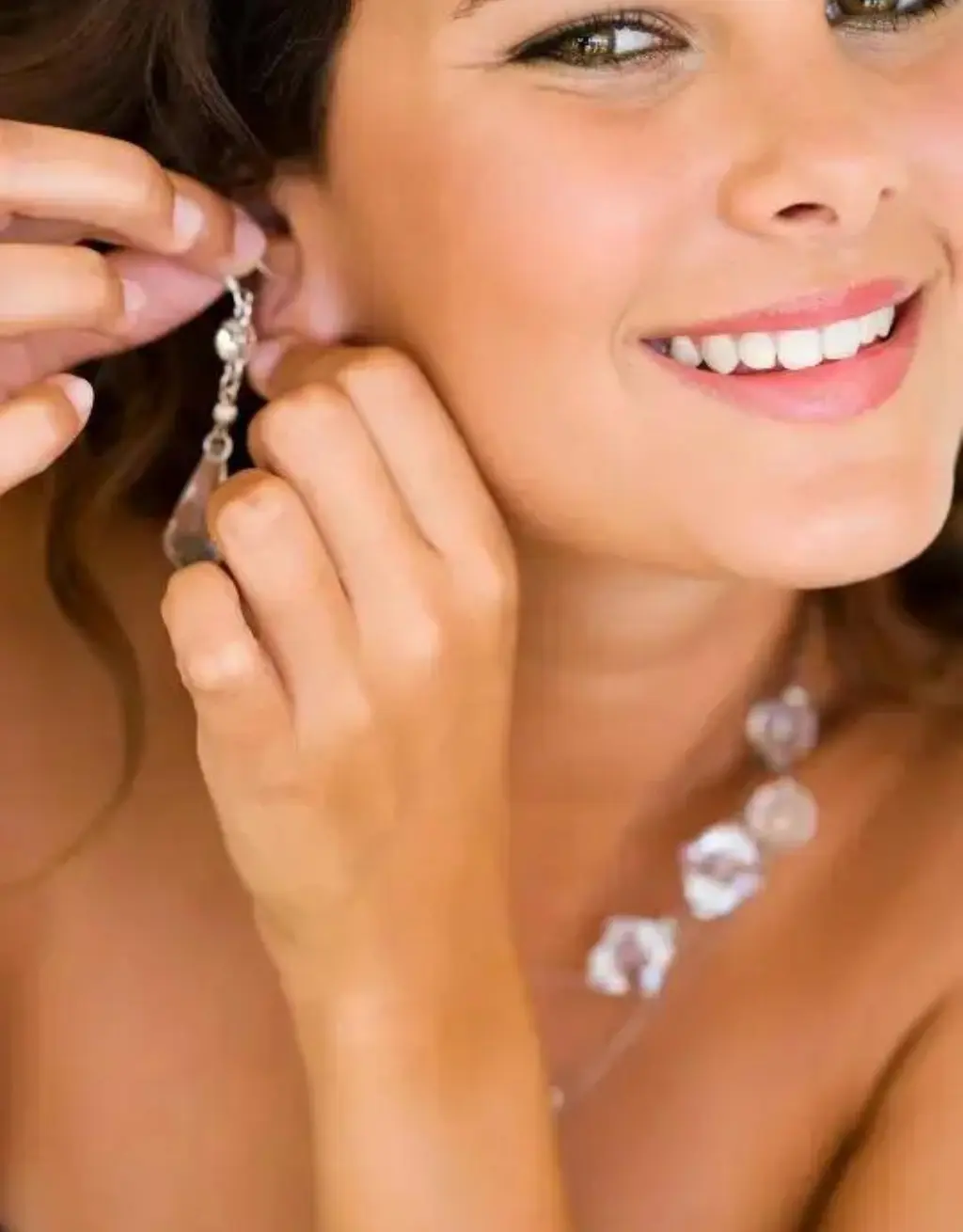
Jewelry has always held a special place in human culture, transcending centuries and civilizations. From ancient amulets to modern-day diamond rings, the evolution of jewelry is a fascinating reflection of societal shifts, personal expression, and evolving craftsmanship. Today, jewelry fashion is a dynamic blend of tradition and modernity, catering to a wide range of tastes, from minimalist designs to bold, statement pieces. Whether you’re looking to understand the latest trends or want to dive into the rich history behind the craft, this guide will shine a light on the sparkling world of jewelry fashion.
A Glance Back: The History of Jewelry
Jewelry has played numerous roles throughout history. In ancient times, it was not only a symbol of wealth and status but also a form of protection and spiritual connection. Ancient Egyptians adorned themselves with pieces made from gold and semi-precious stones like turquoise, believing they had magical properties. Meanwhile, in ancient Greece and Rome, jewelry was a reflection of power, often featuring motifs of gods and goddesses.
Over the centuries, jewelry became increasingly linked to personal adornment, with European royalty and aristocracy leading the trend in intricate, handcrafted pieces. The Victorian era, for example, saw the rise of sentimental jewelry, including lockets and mourning rings. With the industrial revolution, mass production of jewelry became more widespread, making beautiful pieces accessible to more people.
Contemporary Jewelry Trends
In today’s world, jewelry trends are constantly evolving, often driven by cultural movements, celebrity influence, and technological advancements. Here are some of the most significant trends shaping jewelry fashion today:
1. Minimalism Meets Maximalism
The dichotomy between minimalism and maximalism in jewelry is one of the most defining aspects of modern fashion. On one side, we see sleek, understated designs that focus on clean lines and simplicity. Fine chains, delicate rings, and tiny studs fall under this trend, catering to those who prefer subtlety and elegance in their everyday wear.
On the other side, maximalism is equally in vogue, characterized by bold, statement pieces that draw attention. Chunky chains, oversized earrings, and vibrant gemstones define this look, with many embracing jewelry as a form of artistic expression. This balance between the minimalist and the extravagant allows consumers to switch between different styles depending on the occasion or their mood.
2. Sustainability and Ethical Sourcing
As consumers become more environmentally conscious, the jewelry industry is feeling the pressure to adapt. There is a growing demand for sustainably sourced materials, conflict-free diamonds, and eco-friendly production practices. Brands are now focusing on transparency in their supply chains, ensuring that gemstones and metals are ethically mined and processed.
Recycled metals and lab-grown diamonds are becoming popular alternatives, offering both aesthetic beauty and peace of mind. Additionally, many brands are shifting towards small-batch production and handmade pieces, reducing waste and promoting craftsmanship.
3. Personalization and Custom Jewelry
Jewelry has always been deeply personal, but today, there’s an increasing demand for customized pieces that tell a unique story. Whether it’s engraving a loved one’s name, creating a bespoke engagement ring, or curating a collection of charms that symbolize significant moments, personalized jewelry is a growing trend. This shift is not only about aesthetics but also about creating emotional connections and meaningful keepsakes that can be passed down through generations.
4. Mixing Metals and Gemstones
Gone are the days when mixing metals was considered a fashion faux pas. Today, blending different tones—gold, silver, rose gold—within one look or even within one piece of jewelry is highly fashionable. This trend gives individuals more freedom to mix and match their accessories without feeling constrained by traditional rules.
Similarly, colorful gemstones are making a comeback. While diamonds remain a classic, sapphires, emeralds, amethysts, and other vibrant stones are becoming popular choices, adding a playful and personalized touch to jewelry pieces.
5. Revival of Vintage and Heirloom Pieces
Vintage jewelry, with its timeless designs and intricate craftsmanship, is experiencing a resurgence. Many fashion-forward individuals are choosing to wear or repurpose family heirlooms, not just for their beauty, but for the sentimental value they hold. Art Deco, Victorian, and Edwardian styles, characterized by ornate designs, filigree, and detailed settings, are being embraced by those looking to make a vintage statement in the modern world.
This revival of antique styles also ties into the broader trend of sustainability, as consumers gravitate towards pre-owned and repurposed items that carry a story of their own.
Jewelry as a Form of Self-Expression
In today’s fashion landscape, jewelry has evolved beyond a mere accessory; it is a powerful tool for self-expression. Whether layering multiple necklaces for a bohemian vibe, opting for geometric pieces to complement a modern wardrobe, or stacking rings as a form of personalization, the possibilities are endless. Jewelry allows individuals to showcase their personality, values, and creativity in a way that is unique to them.
Final Thoughts
Jewelry fashion is a fascinating blend of heritage and innovation, where age-old traditions meet contemporary trends. Whether you’re drawn to the simplicity of minimalist designs or the drama of statement pieces, today’s jewelry scene has something for everyone. With an increasing focus on sustainability, personalization, and ethical craftsmanship, the future of jewelry looks not only beautiful but responsible as well.
As the jewelry world continues to evolve, it remains an eternal part of our culture, signifying love, status, spirituality, and individual style—truly, a timeless treasure.
All Products Sourced Directly
On Orders Above €50
Hassle-Free Pick-ups & Returns